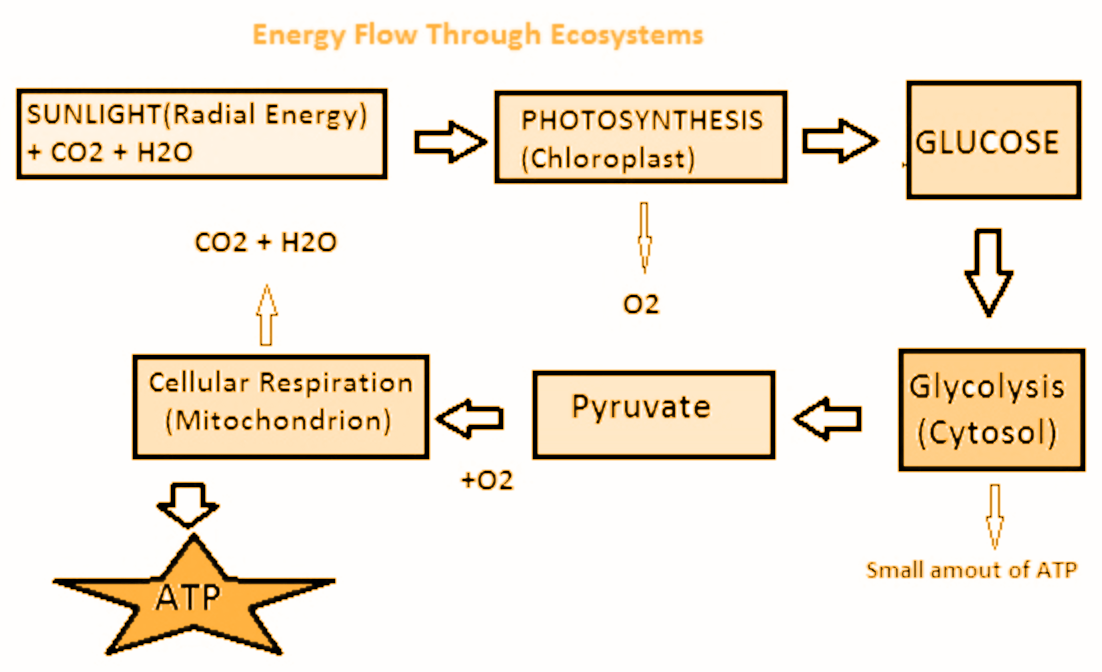
Biological equilibrium is an equilibrium among
(a) Producers and decomposers
(b) Producers and consumers
(c) Producers, consumers, and decomposers
(d) Consumers and decomposers
Answer
483.3k+ views
Hint: Biological equilibrium is when all the components of an ecosystem including biotic and abiotic are in equilibrium with each other and do not show any tendency to change. The equilibrium that is established, is of a dynamic nature.
Complete Step by Step Answer:
An ecosystem is defined as a structural and functional unit of nature and it comprises biotic and abiotic components. The abiotic components include air, water, and soil. And the biotic components include producers, consumers, and decomposers. And an ecosystem results when all these factors interact with each other and themselves. The ecosystem is said to be in biological equilibrium when the individuals of an ecosystem, producers, consumers, and decomposers are in dynamic balance with the carrying capacity of that ecosystem.
Additional information:
Producers:These are organisms that convert energy from sunlight into food. They occupy the 1st trophic level. Eg- green plants

Consumers: These organisms consume the producers to meet their energy demands. They occupy the 2nd, 3rd, and even 4th trophic levels. Eg- animals
Decomposers: Decomposers break down the dead bodies of producers and consumers to meet their energy demands and thus, are at the top of every food chain. Eg- fungi
So, the correct answer is ‘Producers, consumers, and decomposers’.
Note:
- Earth is considered as a big ecosystem that comprises all the local ecosystems present on it.
- Each ecosystem comprises 4 parts known as productivity, decomposition, energy flow, and nutrient cycling.
- There is a unidirectional flow of energy in an ecosystem from the sun to the producers, which is then passed on to consumers and finally to decomposers before it is fully lost to the environment.
Complete Step by Step Answer:
An ecosystem is defined as a structural and functional unit of nature and it comprises biotic and abiotic components. The abiotic components include air, water, and soil. And the biotic components include producers, consumers, and decomposers. And an ecosystem results when all these factors interact with each other and themselves. The ecosystem is said to be in biological equilibrium when the individuals of an ecosystem, producers, consumers, and decomposers are in dynamic balance with the carrying capacity of that ecosystem.
Additional information:
Producers:These are organisms that convert energy from sunlight into food. They occupy the 1st trophic level. Eg- green plants

Consumers: These organisms consume the producers to meet their energy demands. They occupy the 2nd, 3rd, and even 4th trophic levels. Eg- animals
Decomposers: Decomposers break down the dead bodies of producers and consumers to meet their energy demands and thus, are at the top of every food chain. Eg- fungi
So, the correct answer is ‘Producers, consumers, and decomposers’.
Note:
- Earth is considered as a big ecosystem that comprises all the local ecosystems present on it.
- Each ecosystem comprises 4 parts known as productivity, decomposition, energy flow, and nutrient cycling.
- There is a unidirectional flow of energy in an ecosystem from the sun to the producers, which is then passed on to consumers and finally to decomposers before it is fully lost to the environment.
Recently Updated Pages
Master Class 12 Economics: Engaging Questions & Answers for Success

Master Class 12 Maths: Engaging Questions & Answers for Success

Master Class 12 Biology: Engaging Questions & Answers for Success

Master Class 12 Physics: Engaging Questions & Answers for Success

Master Class 12 Business Studies: Engaging Questions & Answers for Success

Master Class 12 English: Engaging Questions & Answers for Success

Trending doubts
Draw a labelled sketch of the human eye class 12 physics CBSE

The final image formed by a compound microscope is class 12 physics CBSE

Differentiate between homogeneous and heterogeneous class 12 chemistry CBSE

What are the major means of transport Explain each class 12 social science CBSE

Which of the following properties of a proton can change class 12 physics CBSE

What is the energy band gap of silicon and germanium class 12 physics CBSE




